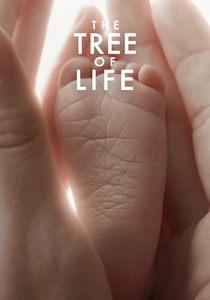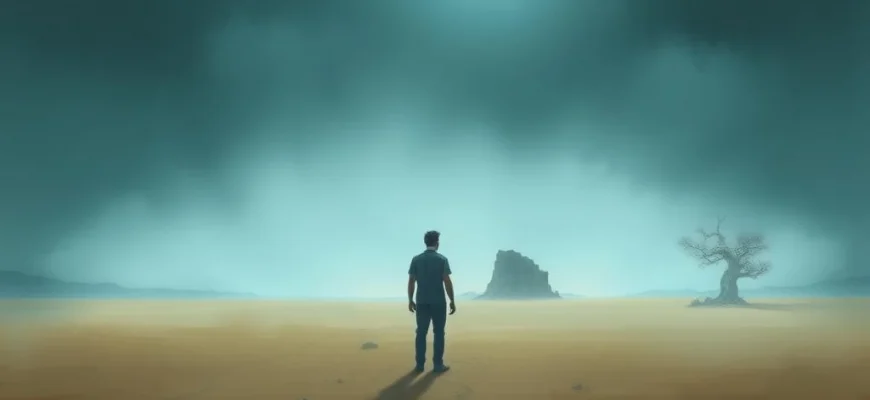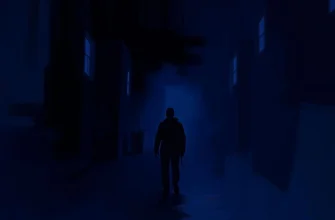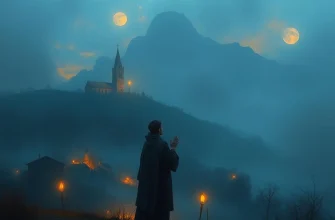Si vous avez été captivé par 'Le Septième Sceau' (1957), ce chef-d'œuvre d'Ingmar Bergman, vous adorerez découvrir d'autres films et séries qui explorent des thèmes similaires. Cet article vous propose 10 œuvres qui partagent la même profondeur philosophique, la même atmosphère envoûtante et la même quête de sens. Plongez dans des récits tout aussi intenses et poétiques.

The Magician (1958)
Description: A tale of illusion and reality, questioning the nature of truth and perception. The film's gothic atmosphere and enigmatic narrative create a sense of mystery and introspection.
Fait: The film was inspired by a real-life encounter with a traveling magician. It features a climactic scene that has been widely interpreted as a metaphor for artistic creation.
 Regarder
Regarder

Winter Light (1963)
Description: A profound meditation on faith, doubt, and existential despair. The film's minimalist approach and intense focus on character psychology create a deeply introspective experience.
Fait: The film is part of a trilogy often referred to as the 'Silence of God' trilogy. It was shot in just 35 days.
 Regarder
Regarder

The Silence (1963)
Description: Explores themes of isolation, communication breakdown, and existential dread. The film's oppressive atmosphere and sparse dialogue emphasize its philosophical undertones.
Fait: The film was controversial for its explicit content and was censored in several countries. It is the final installment in the 'Silence of God' trilogy.
 Regarder
Regarder

Persona (1966)
Description: Explores existential themes and the duality of human nature through a psychological and surreal narrative. The film's stark visual style and introspective tone create a haunting atmosphere.
Fait: The film was initially banned in some countries due to its controversial themes. It features one of the most analyzed scenes in cinema history involving a merging of faces.
 Regarder
Regarder

Solaris (1972)
Description: A sci-fi masterpiece that delves into memory, love, and the nature of reality. The film's slow pacing and philosophical depth invite viewers to ponder existential questions.
Fait: The film is based on a novel by Stanisław Lem. It was remade in 2002 by Steven Soderbergh, starring George Clooney.
 Regarder
Regarder

Cries and Whispers (1972)
Description: A harrowing exploration of death, suffering, and familial bonds. The film's use of color, particularly red, and its intense emotional depth create a visceral experience.
Fait: The film was nominated for five Academy Awards, including Best Picture. It is known for its unconventional narrative structure.
 Regarder
Regarder

Fanny and Alexander (1982)
Description: A richly layered family saga that blends realism with magical elements. The film's exploration of childhood, memory, and the supernatural reflects a deep philosophical and artistic vision.
Fait: The film won four Academy Awards, including Best Foreign Language Film. It was originally conceived as a television miniseries.
 Regarder
Regarder

Three Colors: Blue (1993)
Description: A poignant study of grief, freedom, and human connection. The film's use of color and its introspective narrative style create a deeply emotional and philosophical experience.
Fait: The film is the first part of the 'Three Colors' trilogy, each based on the ideals of the French Revolution. It won the Golden Lion at the Venice Film Festival.
 Regarder
Regarder

The Tree of Life (2011)
Description: A visually stunning meditation on life, death, and the cosmos. The film's non-linear narrative and poetic imagery evoke a sense of wonder and existential reflection.
Fait: The film won the Palme d'Or at the Cannes Film Festival. It features a sequence depicting the creation of the universe, which was created with the help of special effects experts.
 Regarder
Regarder

The Virgin Spring (1960)
Description: A medieval tale of revenge and redemption, delving into moral ambiguity and the human condition. The film's stark cinematography and somber tone reflect a deep philosophical inquiry.
Fait: The film won the Academy Award for Best Foreign Language Film. It was later remade as the horror film 'The Last House on the Left.'
 Regarder
Regarder









